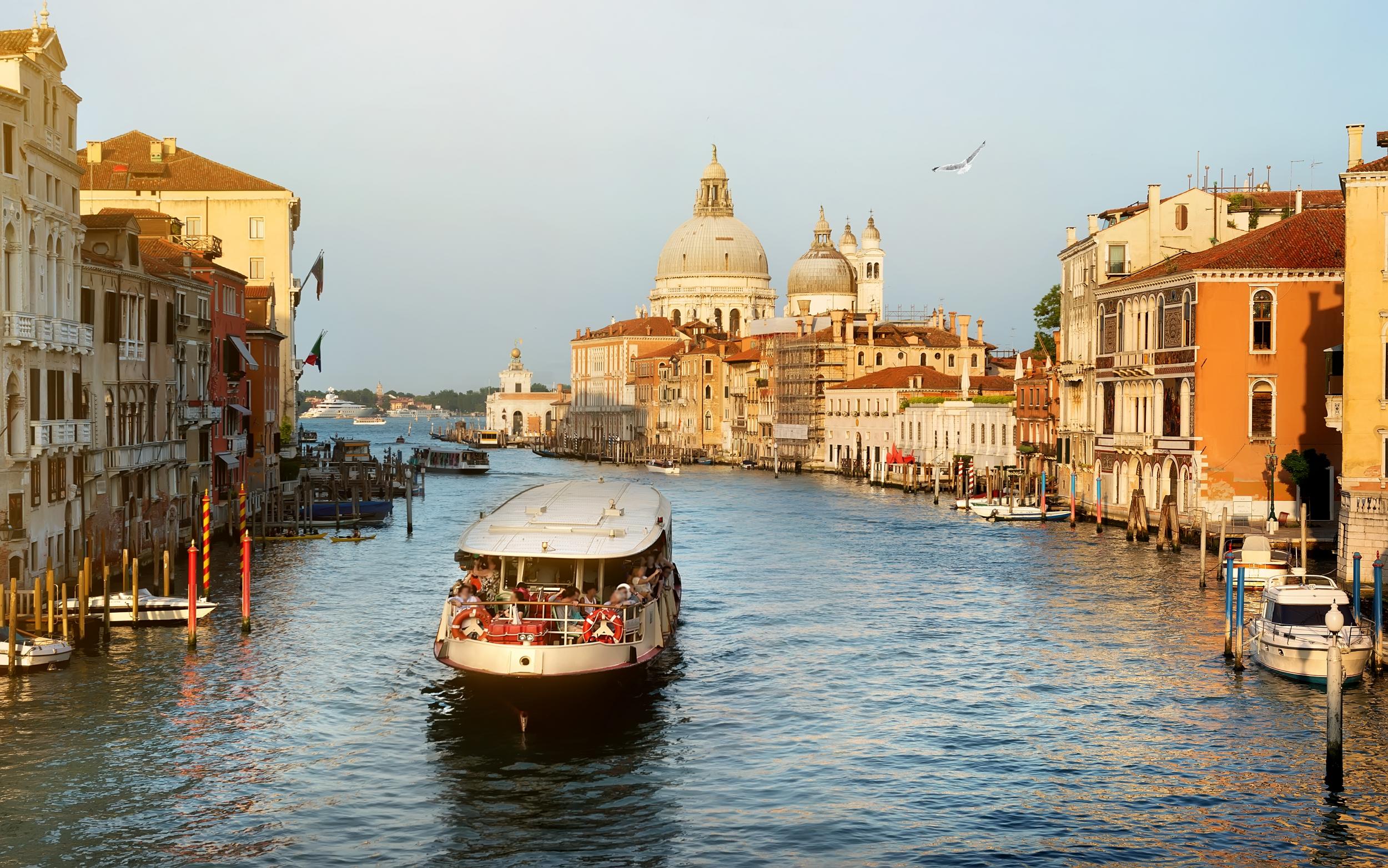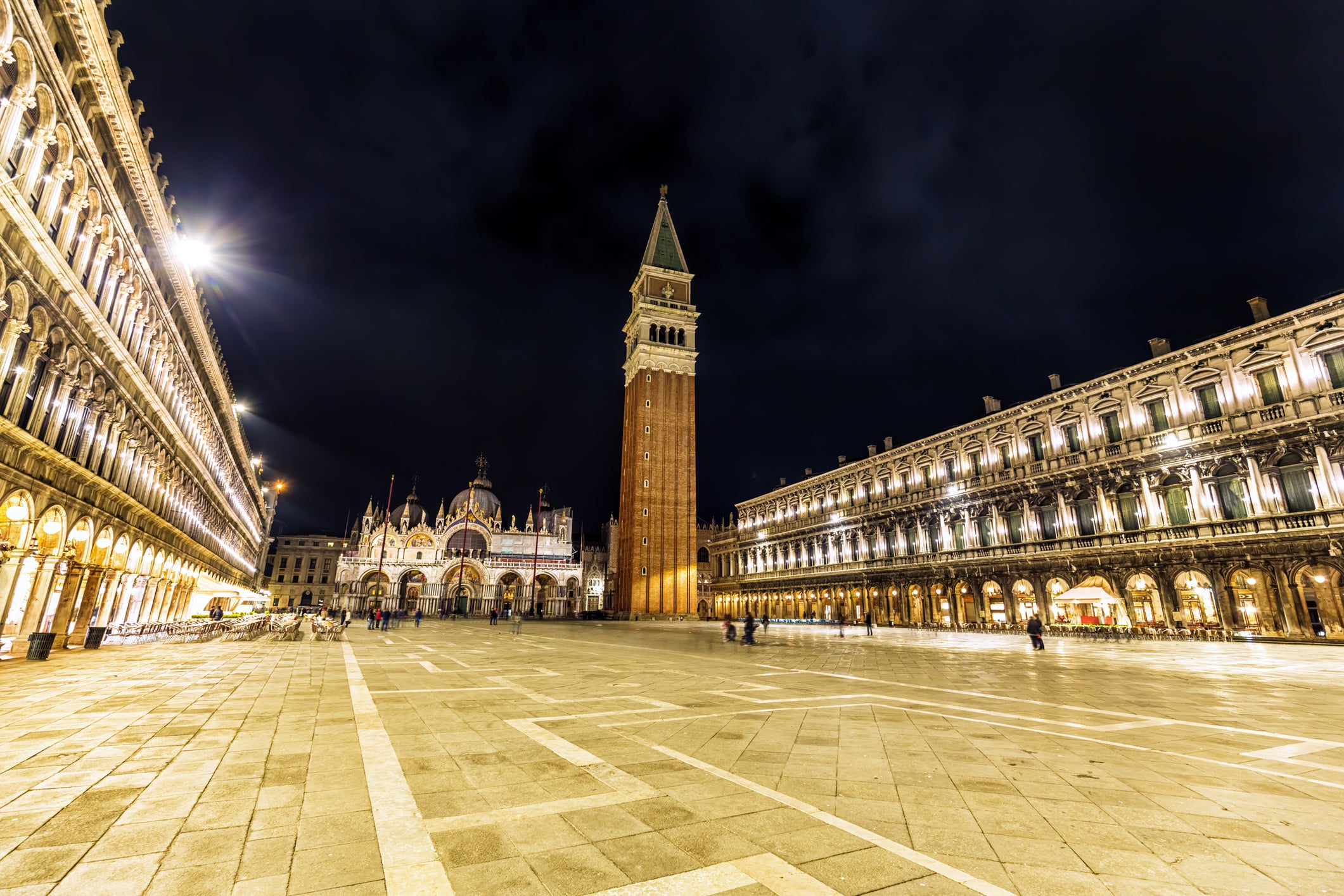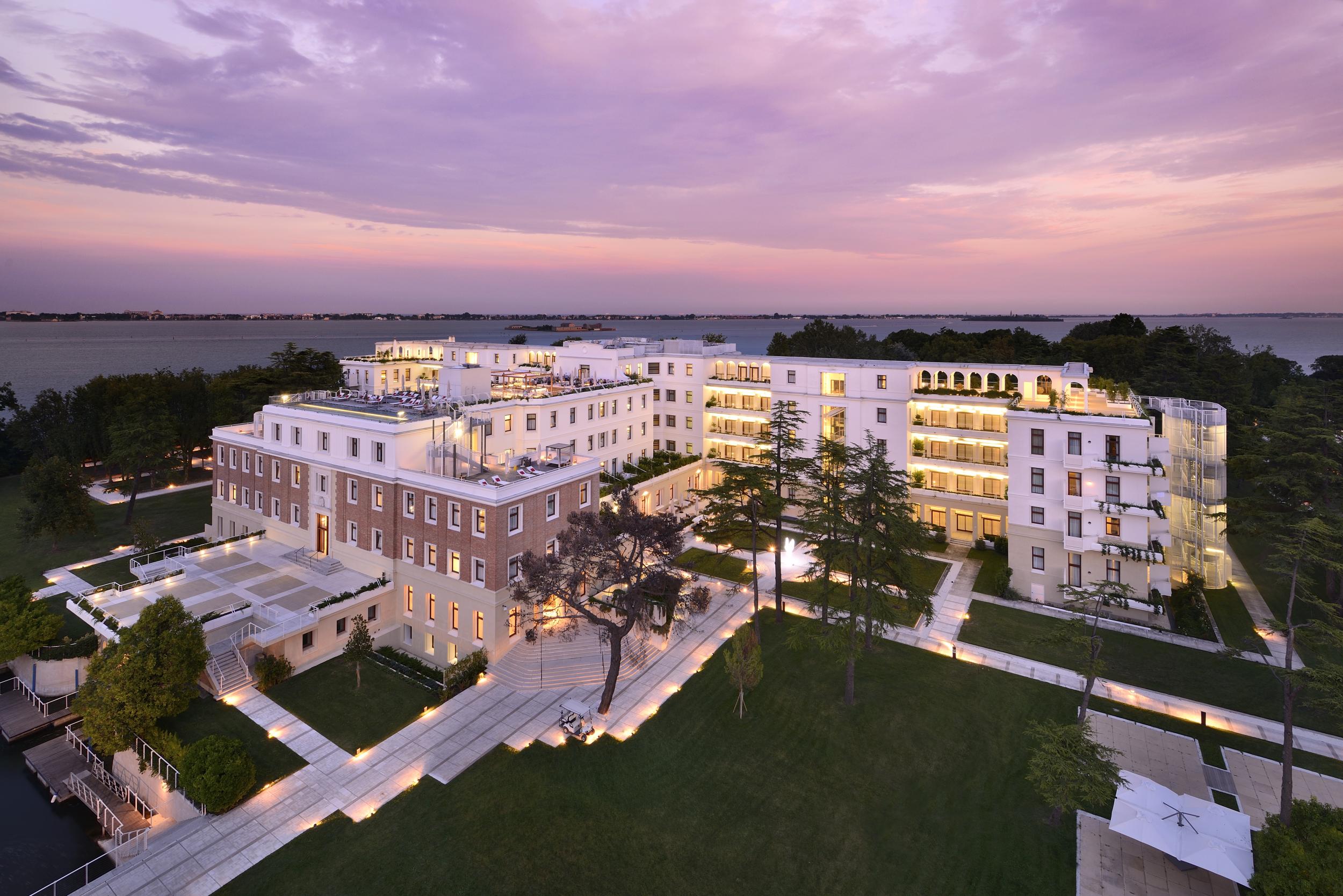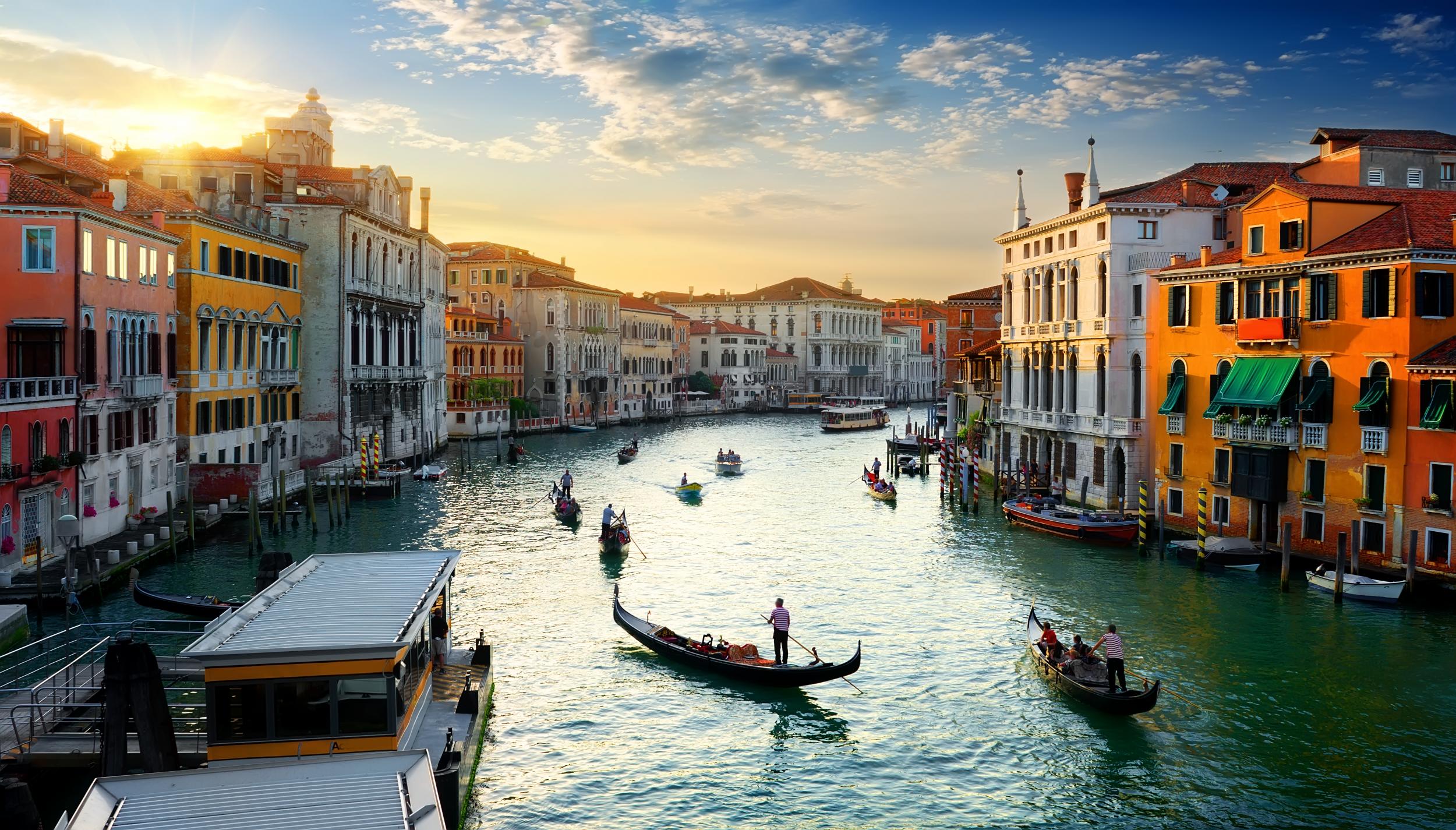The Independent's journalism is supported by our readers. When you purchase through links on our site, we may earn commission.
How to visit Venice responsibly as a first-timer this summer
From sticking to the city’s rules to spreading your cash around

Your support helps us to tell the story
From reproductive rights to climate change to Big Tech, The Independent is on the ground when the story is developing. Whether it's investigating the financials of Elon Musk's pro-Trump PAC or producing our latest documentary, 'The A Word', which shines a light on the American women fighting for reproductive rights, we know how important it is to parse out the facts from the messaging.
At such a critical moment in US history, we need reporters on the ground. Your donation allows us to keep sending journalists to speak to both sides of the story.
The Independent is trusted by Americans across the entire political spectrum. And unlike many other quality news outlets, we choose not to lock Americans out of our reporting and analysis with paywalls. We believe quality journalism should be available to everyone, paid for by those who can afford it.
Your support makes all the difference.Venice has always struggled with its own popularity, but there’s been so much talk of overtourism on the beleaguered Italian isle over the last five years that considering a trip there can feel hugely guilt inducing.
I finally lost my Venice virginity this summer and it was every bit of beautiful as I’d hoped. But how to visit as a first-timer in a way that’s responsible, sustainable and welcomed by locals? Here’s what to know before you go.
Don’t cruise
Sorry to be blunt, but if there’s one thing locals can’t stand, it’s cruise ships. And for good reason. They roll into town and offload thousands of visitors at a time, who flood the popular attractions without spending much money in the process. Cruisers don’t generally boost the local economy with their tourist pounds – they don’t book hotels or restaurants, for example – but they do put a huge strain on infrastructure. Plus the ships are massive, acting as hulking eyesores besmirching the otherwise gorgeous skyline and towering over low-level buildings.

Tensions, already high, were pushed to breaking point during our stay in June. An MSC ship crashed into the docks in one of the busiest canals, injuring four people and sparking huge protests across Venice, plus prompting mayor Luigi Brugnaro to say he would request that Unesco put the city on its World Heritage “blacklist”.
If you want to respect the city, and the people who live there, a giant ship is best avoided.
Visit San Marco – once
When people talk about Venice being overrun with tourists, they usually mean Piazza San Marco and the surrounding area. This is where most daytrippers descend, and it gets horrendously busy. As a first-timer, it’s still worth seeing the Italo-Byzantine basilica from which the square derives its name – but just the once.

Go early – it’s open from 9.30am, apart from Sundays, when it opens at 2pm – and if you have any bulky bags or rucksacks, drop them off at the free cloakroom round the corner before you join the queue (they won’t let you in otherwise). It’s a place of worship, so being quiet, respectful and making sure you’re dressed appropriately – with covered shoulders, for example – goes a long way. Taking pictures is also a no-no.
Once you’ve gasped in awe at the intricate gold mosaics covering the ceilings, get the heck out of there and steer clear of the area for the rest of your trip.
Stay overnight…
Similar to cruise ship visitors, daytrippers crossing the bridge from the mainland for an eight-hour stint are also less liked than those willing to dip their hands in their pockets for an overnight stay.
In fact, as of 1 May this year, Venice daytrippers have been hit with an entry fee of €3, rising to €6 next year and increasing to €10 on the busiest days. Those staying overnight are exempt.
Mayor Luigi Brugnaro said of the scheme: “The money we will make will be used, transparently, in three directions: to reduce the costs that today weigh on businesses and citizens; to carry out maintenance works; and to ensure security and surveillance, including through the recruitment of police officers.”
As a visitor, spreading your money around a bit is generally welcome: if you can afford it, swap Airbnb for a stay in a hotel; eat out at a few restaurants instead of making a packed lunch; go out for an Aperol spritz instead of swigging neat vermouth down an alleyway. Plus you’ll probably have more fun that way.
…And stay off the island
One way of not contributing so much to the overcrowding of the city is to get off the main island. Staying somewhere like JW Marriott, located on its own private island a 20-minute free boat shuttle away, gives you some breathing space. The views from the rooftop pool across the lagoon are spectacular, and the five-course boozy brunch served in the bricked-walled, open-air terrace at onsite restaurant Fiola at Dopolavoro Venezia is out of this world.

The hotel has also introduced a sustainability concierge, offering tips on how to visit responsibly and recommending off-the-beaten track attractions. Using public transport or walking is advised to avoid water taxi “traffic jams” and reduce pollution and waves in the lagoon, as is reserving a one-day Venezia Unica pass in advance, which covers public transport and entry into various attractions. The concierge highlights the lesser-known islands visitors should check out too, including Sant’Erasmo, considered Venice’s countryside, and San Francesco del Deserto, plus the more residential corners of the main island that are largely crowd-free. Doubles from £352, B&B.
Respect the rules
“In my opinion, we all should think ‘How do we visit a museum?’” says JW Marriott’s sustainability concierge Vittorio Talvacchia. “We should visit Venice as if we are visiting a museum, since it’s so delicate and fragile, and has so many historical palaces and monuments.”
To that end, the city launched its #EnjoyRespectVenezia campaign a couple of years ago, which outlines a whole host of behaviours that are unwelcome (and can result in hefty fines of up to €450). These include, but aren’t limited to: swimming in canals, making picnic stops out of public areas, pausing too long on bridges, dropping litter, riding or wheeling bikes, standing or lying on benches, busking or making art without a permit, attaching “love locks” to monuments and bridges, climbing on trees, buildings and monuments, getting changed in public, feeding birds and sightseeing topless or in swimwear. Making too much noise, whether at night or during siesta time (1-3pm), is also forbidden.
While some of the rules are obvious, others are less so – no pausing on bridges, for instance – so it’s absolutely worth familiarising yourself with them before a visit.

Go for a wander
Venice is the perfect place to get lost in – it’s a big part of the city’s charm. If you really want to see La Serenissima without overwhelming the locals, get strolling and just see where your feet take you. It’s an unbeatable destination when it comes to stumbling across a picturesque empty square and finding the ideal spot for an aperitivo as the sun sets. Put away the Google Maps and get exploring.
Join our commenting forum
Join thought-provoking conversations, follow other Independent readers and see their replies
Comments